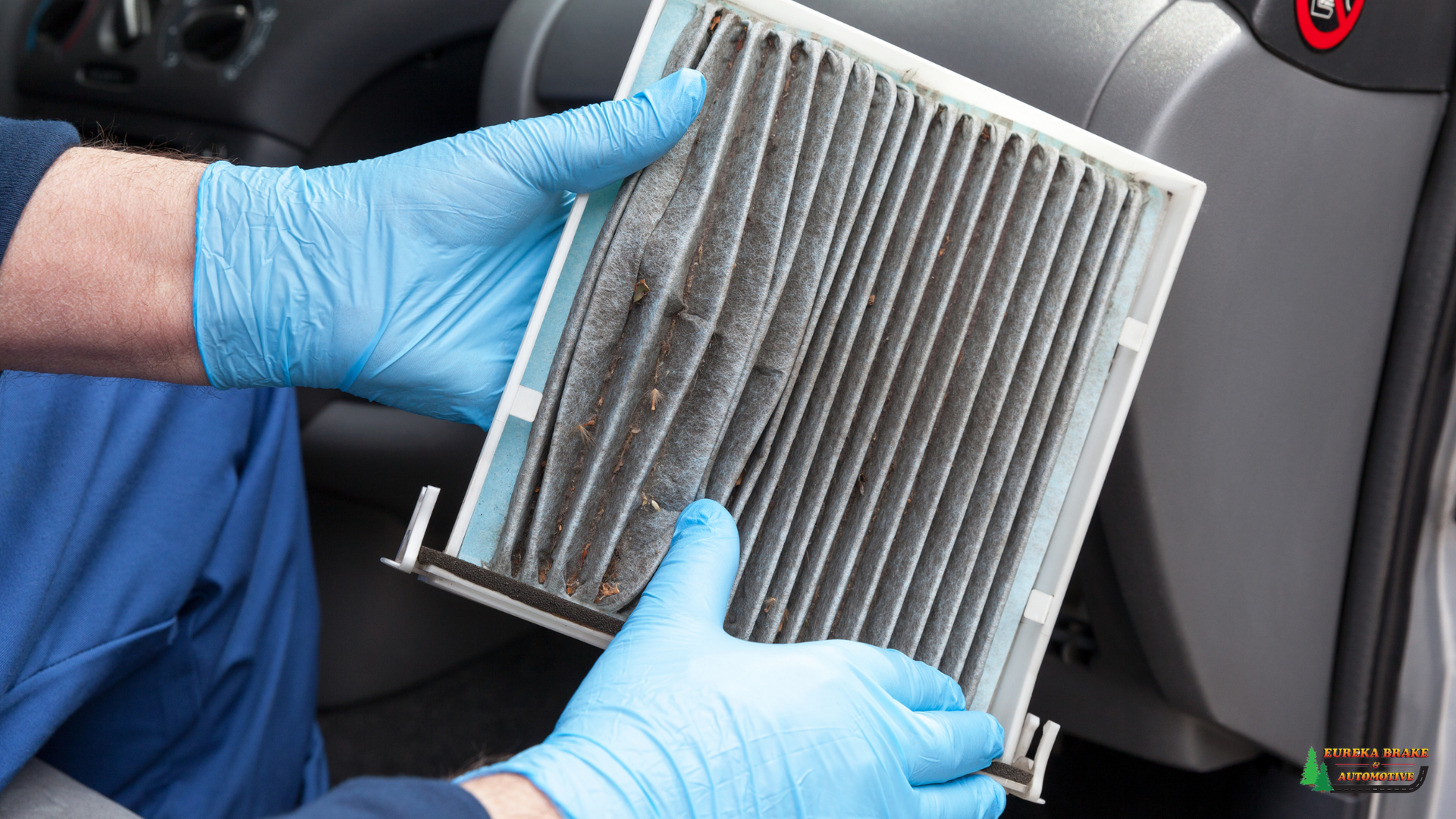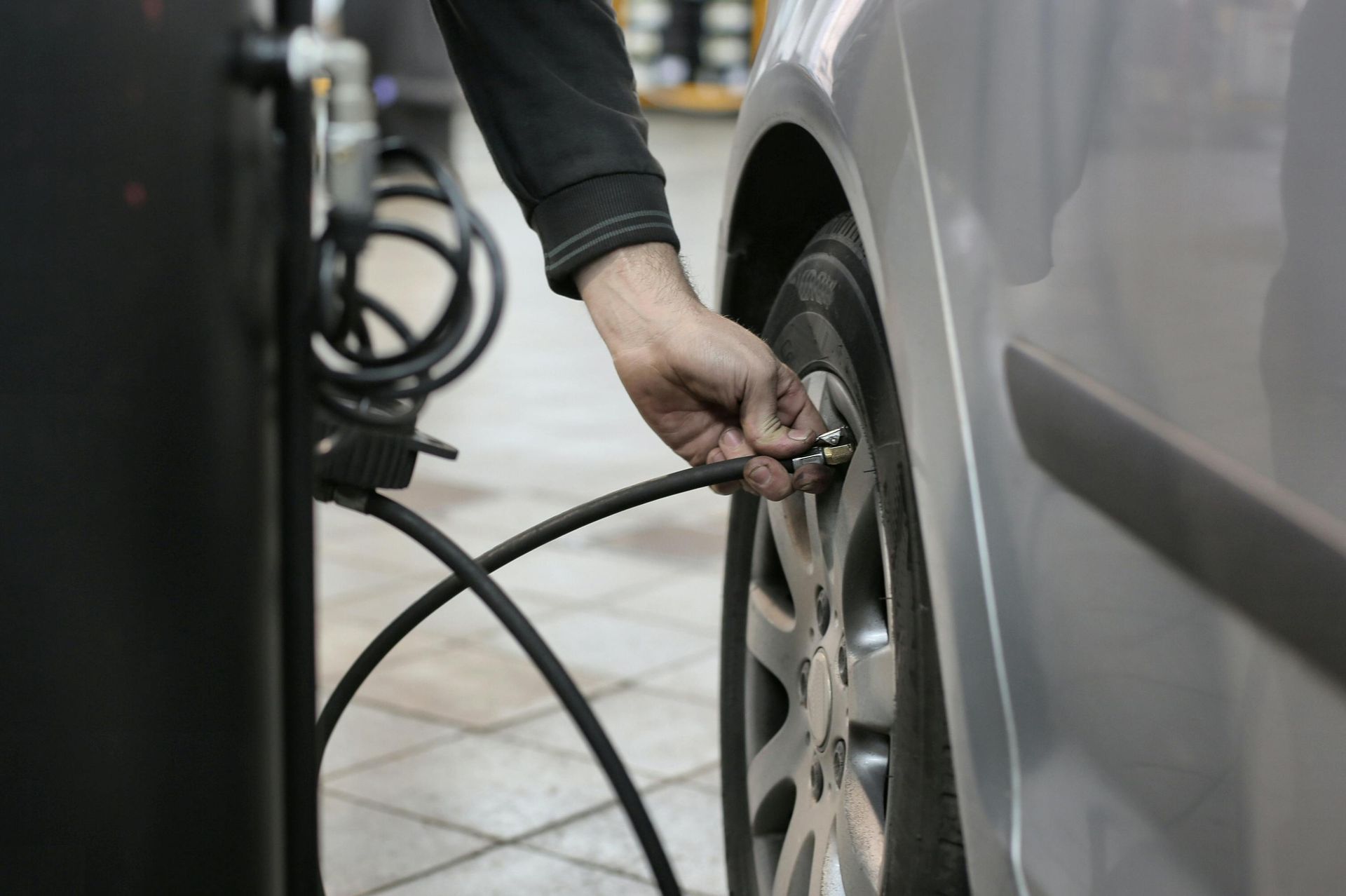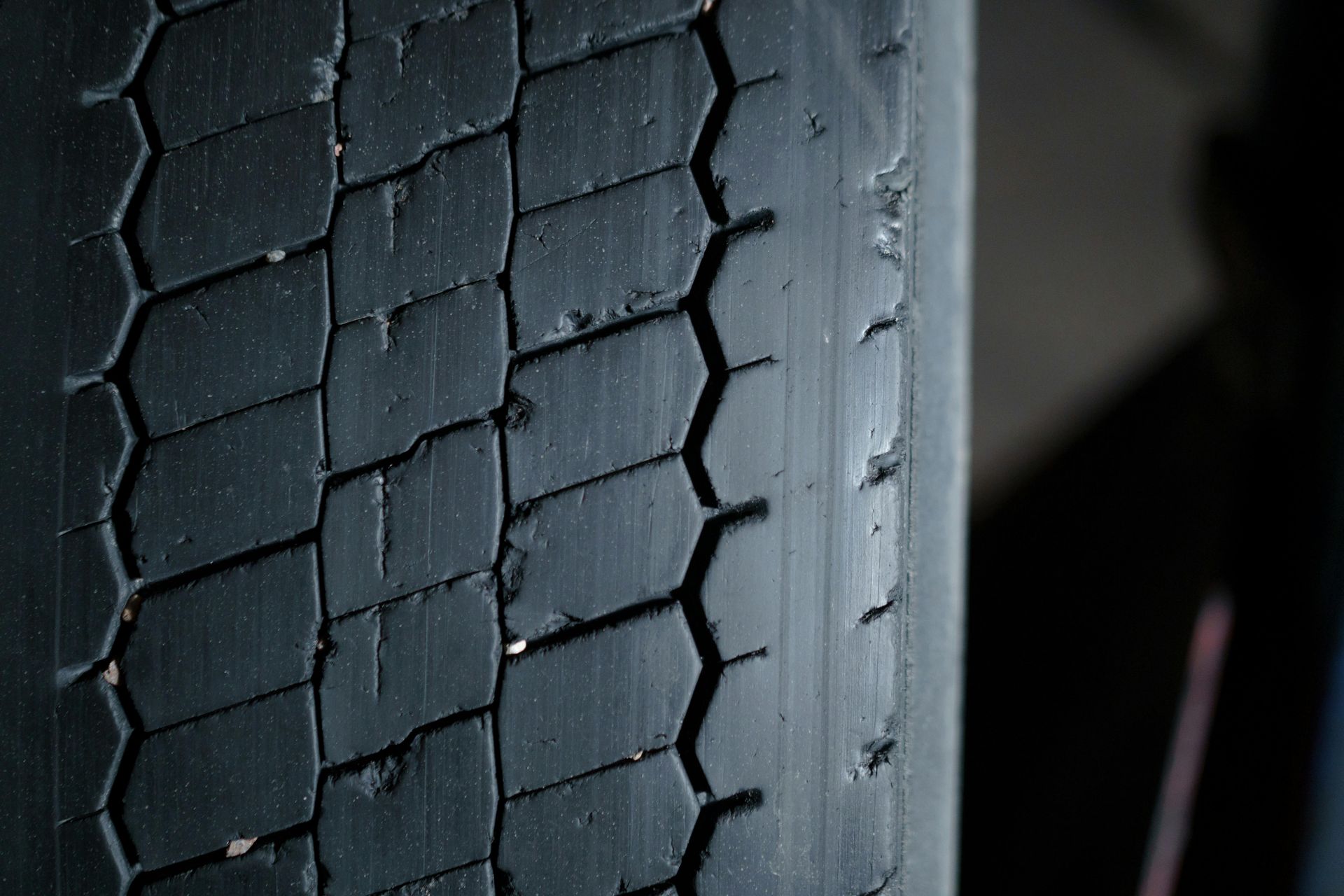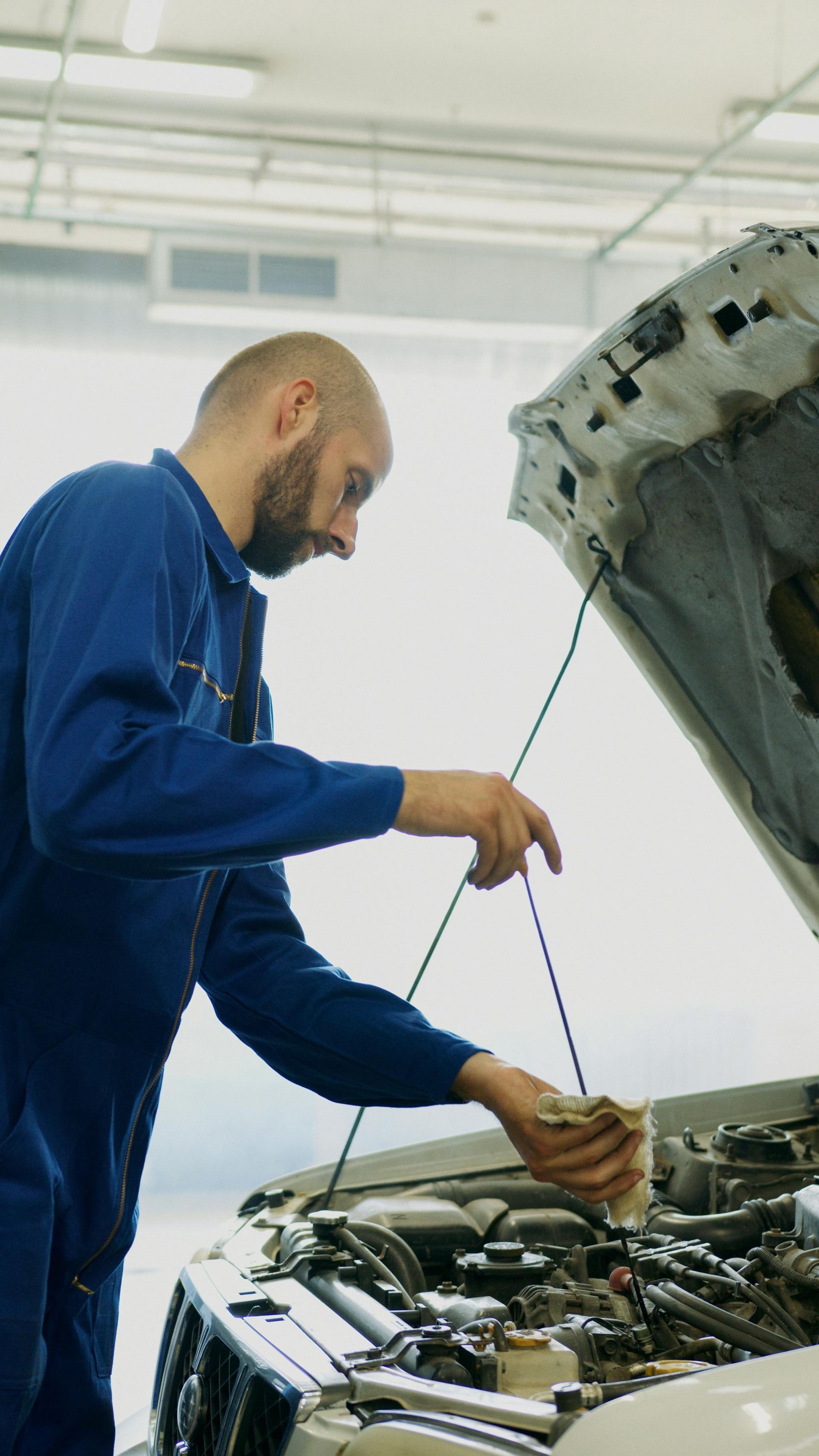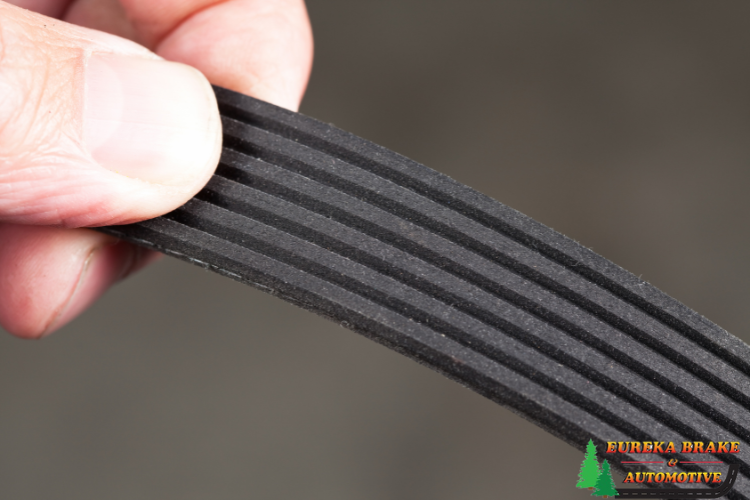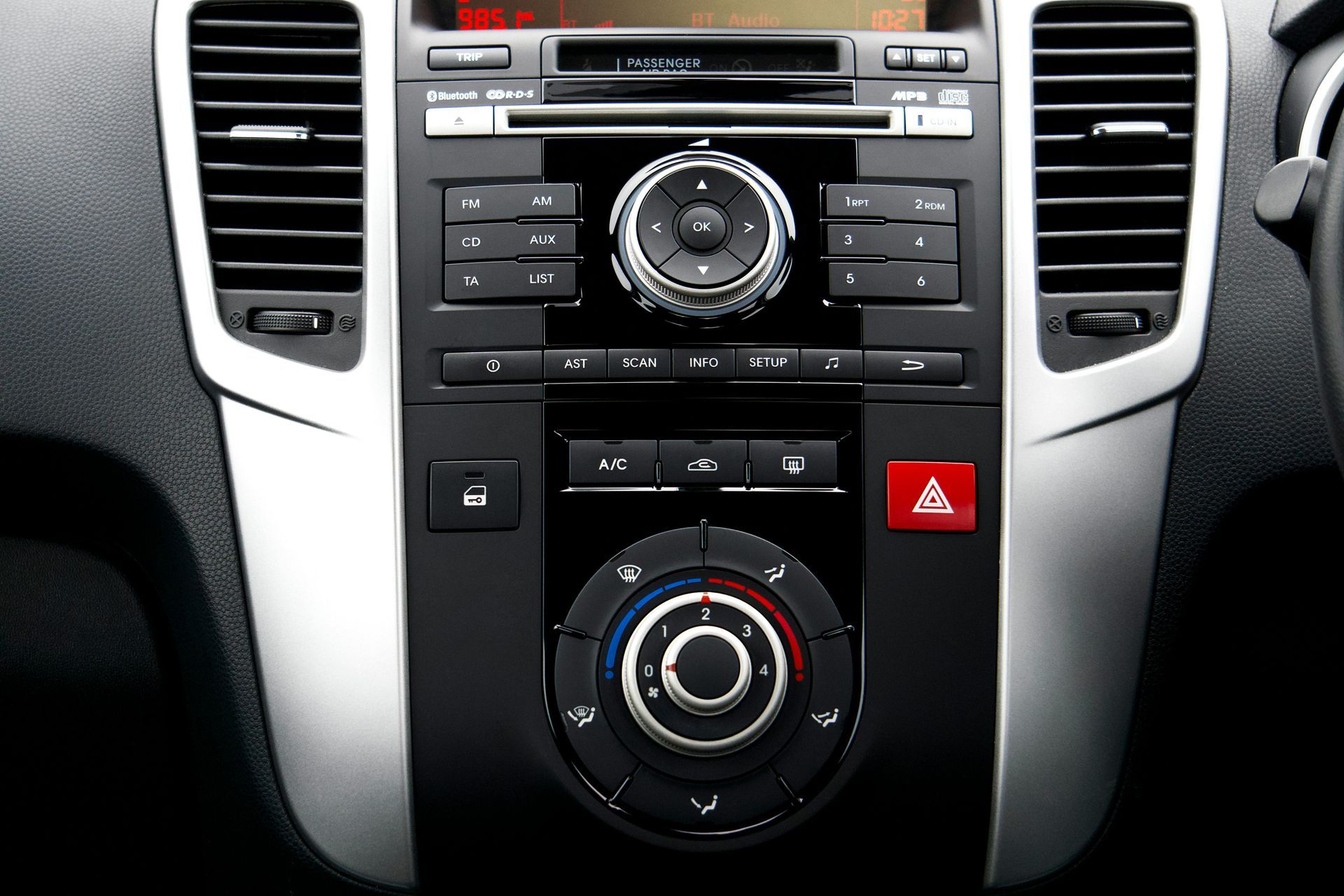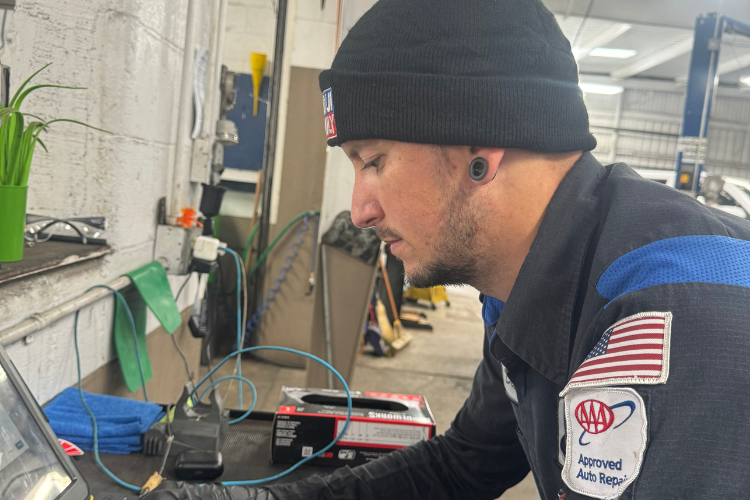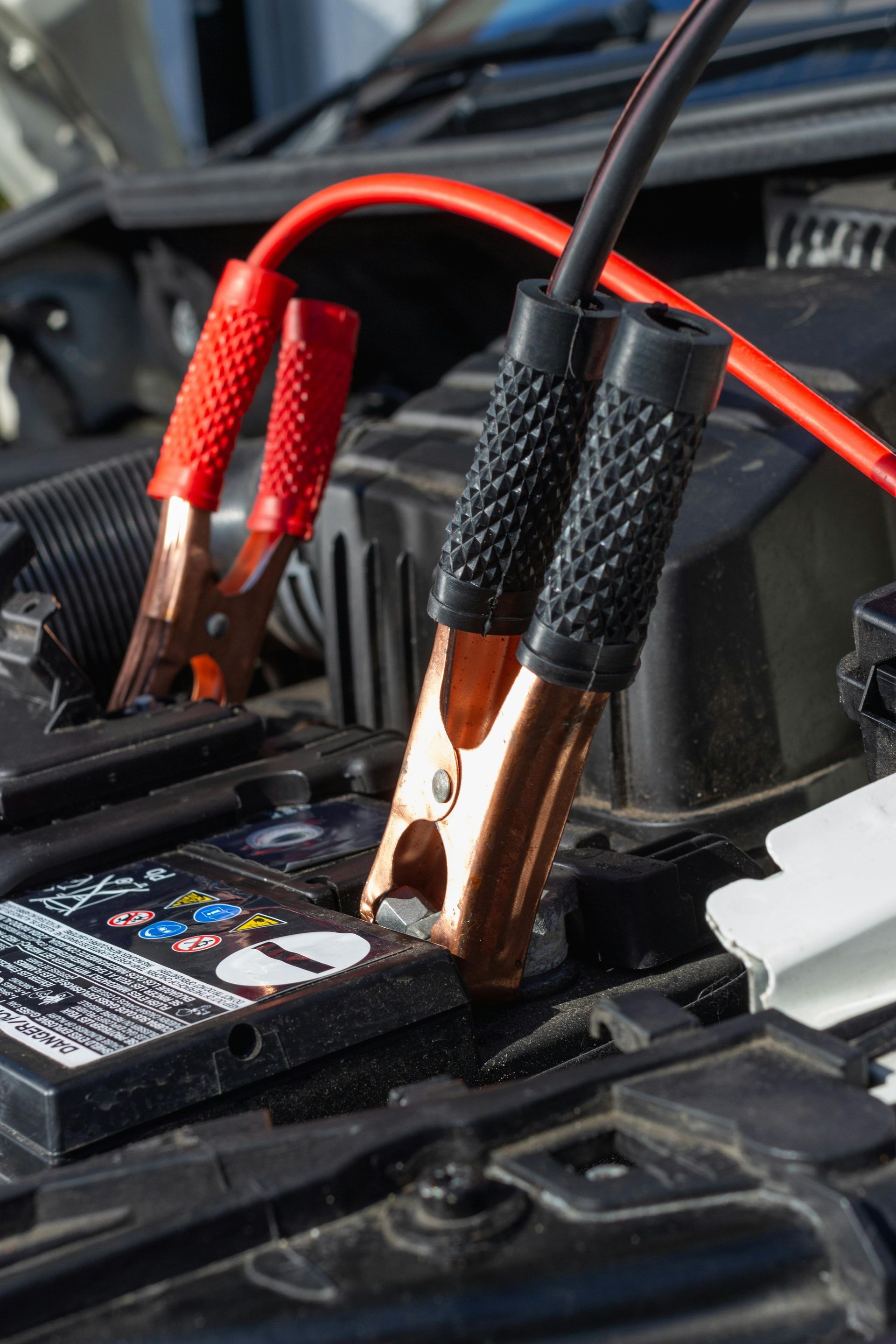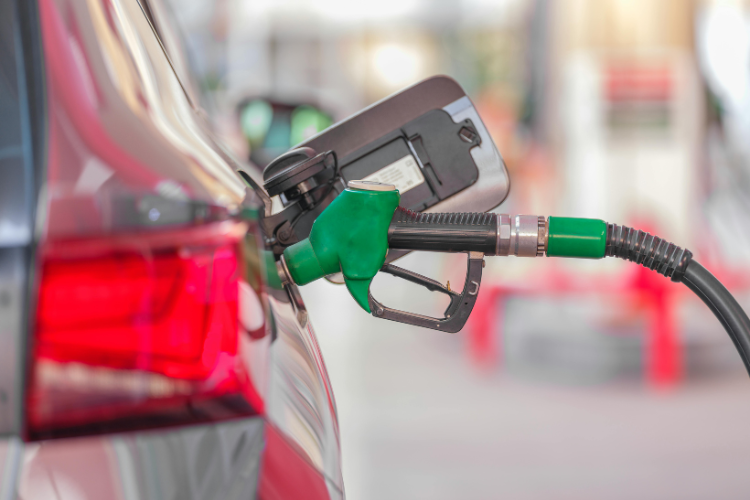By Shane Finley
•
September 29, 2025
In today's economy, getting the most from your vehicle investment makes more sense than ever. While the average car payment continues to climb, smart Eureka drivers are discovering that proper maintenance can extend their vehicle's life well beyond 200,000 miles. Eureka's unique coastal environment presents both challenges and opportunities for vehicle longevity – the mild temperatures are easier on engines, but salt air and moisture require extra attention to prevent premature wear and corrosion. Why Vehicle Longevity Matters More in Eureka Economic Benefits With limited public transportation options and the need to travel Highway 101 for many services, Eureka residents depend heavily on reliable personal vehicles. Extending your car's life means avoiding expensive car payments and maintaining transportation freedom in a region where distances between services can be significant. Environmental Impact Keeping your current vehicle running longer reduces environmental impact compared to manufacturing new cars. In a community that values environmental stewardship like Eureka, this approach aligns with local values while saving money. Local Driving Advantages Eureka's relatively mild climate and lack of road salt (compared to snowy regions) creates favorable conditions for vehicle longevity when combined with proper maintenance practices. The Foundation: Regular Oil Changes Why Oil Changes Matter More Here Eureka's coastal humidity can introduce moisture into engine oil over time. Regular oil changes remove this contamination before it causes internal engine damage. Short trips around town, common in Eureka's compact layout, don't allow engines to reach full operating temperature, making frequent oil changes even more critical. Optimal Change Intervals Follow your manufacturer's severe service schedule if you primarily drive short distances, experience frequent stop-and-go traffic, or drive in dusty conditions. For most Eureka drivers, this means oil changes every 3,000-5,000 miles rather than extended intervals. Quality Matters Use oil that meets your vehicle's specifications. Modern engines require specific oil formulations, and using the correct grade protects internal components from premature wear. Cooling System Maintenance Salt Air Challenges Eureka's coastal location exposes vehicles to salt-laden air that can accelerate corrosion in cooling systems. Regular coolant changes and system flushes remove corrosive contaminants before they damage expensive components like radiators and water pumps. Temperature Regulation Even in Eureka's mild climate, proper cooling system maintenance prevents overheating during summer Highway 101 travel or when climbing hills around Humboldt County. Overheating can destroy an engine in minutes, ending your vehicle's life prematurely. Preventive Replacement Replace thermostats, water pumps, and hoses before they fail. These components have predictable lifespans, and replacing them during scheduled maintenance costs far less than emergency roadside repairs. Brake System Longevity Coastal Driving Benefits Eureka's relatively flat terrain and moderate traffic reduce brake wear compared to mountainous or heavily congested areas. However, salt air can accelerate brake component corrosion if not properly maintained. Regular Inspections Have brakes inspected every 12,000 miles or annually. Early detection of worn pads prevents damage to expensive rotors and other brake components. Replacing brake pads costs hundreds of dollars less than replacing damaged rotors and calipers. Fluid Maintenance Brake fluid absorbs moisture over time, especially in humid coastal environments. Regular brake fluid changes prevent internal corrosion and maintain proper braking performance throughout your vehicle's life. Transmission Care for Longevity Highway 101 Benefits Regular highway driving on Highway 101 actually benefits automatic transmissions by allowing them to operate in higher gears with less heat generation compared to constant city stop-and-go driving. Scheduled Service Follow manufacturer recommendations for transmission fluid changes. Modern transmissions are complex and expensive to rebuild, but proper fluid maintenance can help them last the vehicle's lifetime. Warning Sign Recognition Address transmission problems immediately. Small issues like minor fluid leaks can become major failures if ignored, potentially totaling an otherwise serviceable vehicle. Tire Maintenance and Alignment Even Wear Patterns Regular tire rotation and proper alignment ensure even wear, maximizing tire life and maintaining safe handling. Eureka's wet weather conditions make proper tire maintenance crucial for safety and longevity. Pressure Monitoring Check tire pressure monthly, especially during seasonal temperature changes. Proper inflation extends tire life and improves fuel economy, saving money over your vehicle's lifetime. Quality Investment Choose quality tires appropriate for Eureka's climate. Good tires last longer and provide better safety margins during wet weather driving common in the region. Battery and Electrical System Coastal Climate Effects Salt air can accelerate battery terminal corrosion. Regular cleaning and inspection prevent electrical problems that could strand you or damage expensive electronic components. Proactive Replacement Replace batteries every 3-4 years, before they fail completely. Dead batteries can damage alternators and other charging system components, creating cascading repair costs. Preventive Maintenance Schedule Monthly Checks Fluid levels (oil, coolant, brake, power steering, windshield washer) Tire pressure and visual tire inspection Battery terminals and belt condition Light function (headlights, taillights, signals) Quarterly Maintenance Oil and filter changes (adjust based on driving conditions) Detailed visual inspection under hood and underneath vehicle Wiper blade condition and washer fluid top-off Annual Services Brake inspection and fluid change Coolant system service Transmission service (if due) Belt and hose replacement as needed Professional multi-point inspection The Cost-Benefit Analysis Maintenance vs. Replacement Annual maintenance costs typically range from $1,000-2,000, while a new car payment averages $400-600 monthly. Over ten years, maintenance costs significantly less than constant car payments while providing reliable transportation. Resale Value Protection Well-maintained vehicles retain higher resale values. Complete maintenance records demonstrate care and can add thousands to your vehicle's worth when it's time to sell or trade. Local Service Advantages Relationship Building Working with a local Eureka shop allows technicians to become familiar with your vehicle's history and specific needs. This relationship often leads to better service and early problem detection. Climate Expertise Local shops understand Eureka's specific challenges like salt air corrosion and humidity effects. This knowledge helps them recommend appropriate maintenance intervals and services for local conditions. Modern Vehicle Capabilities Today's vehicles are engineered to last 200,000+ miles with proper maintenance. Advanced materials, better lubricants, and improved manufacturing quality make vehicle longevity more achievable than ever before. Creating Your Maintenance Plan Manufacturer Guidelines Start with your owner's manual recommendations, then adjust for local conditions and driving patterns. Eureka's coastal environment and typical driving conditions may require more frequent service for some components. Budget Planning Spread maintenance costs throughout the year by planning ahead. This approach prevents large unexpected expenses and ensures consistent vehicle care. Invest in Your Vehicle's Future Regular maintenance isn't just about preventing breakdowns – it's about maximizing your transportation investment and ensuring reliable service for years to come. In Eureka's unique coastal environment, proper maintenance becomes even more critical for achieving maximum vehicle lifespan. Professional Maintenance in Eureka Ready to maximize your vehicle's lifespan with professional maintenance? The experienced technicians at Eureka Brake & Automotive understand the specific challenges that coastal driving presents and can develop a maintenance schedule tailored to your vehicle and driving patterns. From routine oil changes to comprehensive system services, we'll help you protect your investment and keep your vehicle running reliably for years to come. Call us at (707) 200-7097 or visit us at 2002 2nd Street in Eureka to discuss your vehicle's maintenance needs and start extending its lifespan today.


